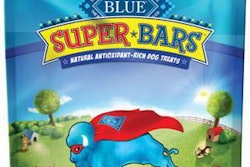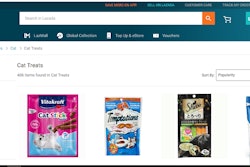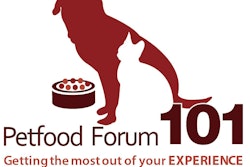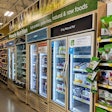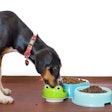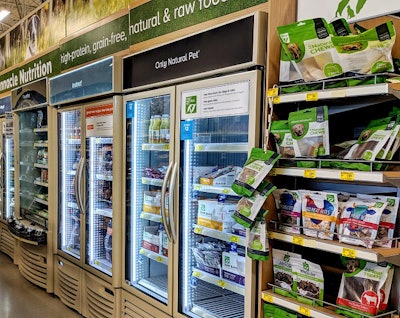
Trying to keep up with the continually evolving pet food retailing and e-commerce space can be dizzying – especially for independent pet specialty retailers and the pet food brands loyal to them. Let’s recap:
- In late November 2018, Petco announced it was dropping all pet foods and treats containing artificial ingredients. CEO Ron Coughlin said in an interview with Pet Business magazine that he was trying to emulate … independent pet retailers!
- That resulted in Petco dropping many brands; ones it has since picked up, in January 2019, include Acana and Orijen from Champion Petfoods. The brands had previously been available only in independent pet stores, at least for brick-and-mortar distribution.
- Earlier in January 2019, General Mills announced it was expanding distribution of Blue Buffalo pet foods into the mass market channel. The announcement barely mentioned pet specialty; some of its independent retailers had already dropped Blue Buffalo products anyway after the company first moved into mass in 2017.
For their part, independents are not sitting still, employing strategies such as continuing to explore and stock newer pet food formats. A survey conducted by Pet Business in late 2018 showed that nearly 40 percent of U.S. pet specialty retailers said they expect frozen, refrigerated and freeze-dried pet foods to be among the largest growth categories for their stores in the next 12 months.
Another category for growth was private-label products (though not specified as pet food only), with about 25 percent of brick-and-mortar pet retailers choosing it. This category has traditionally not been a major one in the U.S., lagging behind other countries, yet perhaps that is changing as retailers of all types see benefits in offering their own lines of unique pet foods.
Products labeled as natural or eco-friendly seem to be falling in popularity for brick-and-mortar retailers; just 21 percent chose the category. Mark Kalaygian, publishing director and editor-in-chief of Pet Business, commented this may be a sign that the retailers now believe products must go further to qualify why they deserve such labels and appeal to pet owners, he said.
The result of these and other changes brick-and-mortar retailers are undertaking to better compete? “The number of pet stores seeing year-over-year sales increases is at a five-year high, with a majority of these retailers enjoying a boost of 5 percent or more,” Kalaygian said.


